On our trip to China last year, we decided on Da Dong for our one Peking duck experience. This time, we thought we’d try another place whose duck came highly recommended: Made in China.
Located within the Grand Hyatt, this restaurant certainly is a cut above most of your Peking duck joints. The decor is pretty fancy but also actually quite fun. There are a number of open kitchens stationed throughout the restaurant, allowing diners to watch their meals being prepared. I couldn’t help running around like a little kid (with a big camera), stopping at each station to gawk at the beautiful food the chefs were making.
We ordered two other dishes besides the Peking duck: duck breast smoked with camphor wood served with fresh mustard, and traditional homemade noodles with sliced pork and sliced vegetables. Though we were already getting duck, the duck breast dish sounded so intriguing I decided to give it a try. The meat itself was deep and smoky, and the mustard added a nice kick. I did wish the duck wasn’t sitting in the mustard, though, since there was so much of the sauce it overpowered the meat. As for the noodles, I actually am interested to find out what exactly this dish is, as it took us both by surprise. I had thought from the description it might be something along the lines of zha jiang mian, but we found that the sauce had this curiously bitter taste, almost like something resembling Chinese herbal medicine. I’m afraid it was somewhat of an acquired taste, and neither of us could finish it.
The Peking duck itself was definitely the highlight. At 238RMB (about $37) per duck, it certainly set some high expectations, and I have to say, it was pretty amazing.

The menu doesn’t indicate that you can actually order half a duck, but you can, so that’s what we did. The portion is quite generous, and you still get all the fun accompanying accoutrements: cucumber, scallions, hoisin sauce, garlic, sugar, and wrappers.
The highlight of the highlight? The skin. It simply melts in your mouth. In Beijing, you dip the skin into sugar crystals, which makes it taste like crispy candy that dissolves on your tongue. I like to just eat the skin by itself and save the wrapping for the meat.
The only downside here was the wrapper, which I found more tortilla-like. I missed the paper-thin wrappers I’d had at other places, or even the fluffy buns that some restaurants serve with the duck.
Part of the dining experience at Made in China is really about the ambiance. It’s a classy restaurant that serves traditional Chinese food with some flair. And the presentation is part of the fun of it. While the duck was gorgeous, I have to say that in the end, considering the price range, I’m not sure I’d be inclined to come here more than once — at least, not for the duck; they do have many other dishes that I’ve heard are well prepared.
We actually sat next to an American couple that night who was trying Peking duck for the first time. They ordered a whole duck (which, honestly, did not look that different in proportion to the half duck we got) and nothing else, expecting there to be multiple courses. They were so disappointed they left that evening rather dejected. We felt rather badly that their first Peking duck experience didn’t quite turn out as they’d hoped. But, yes, though I’d heard that previous diners got at least some duck soup with their meal, we really only got what you see in the photos above.
For a Peking duck experience that I wouldn’t mind returning to again and again, I’d probably have to go with Da Dong, where the duck may not be quite as exquisite as Made in China’s or the service quite as attentive, but the food is still excellent, well presented, and far more reasonably priced. And the duck also comes with complimentary soup and even dessert.
Next time we head to Beijing, Duck de Chine is on my list.
Made in China
Grand Hyatt Hotel, First Floor
1 Dong Chang’anjie
东城区东长安街1å·ä¸œæ–¹å›æ‚¦å¤§é…’店1层
Phone: 6510-9608



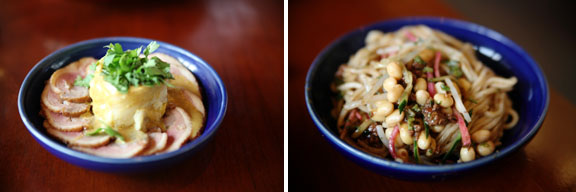



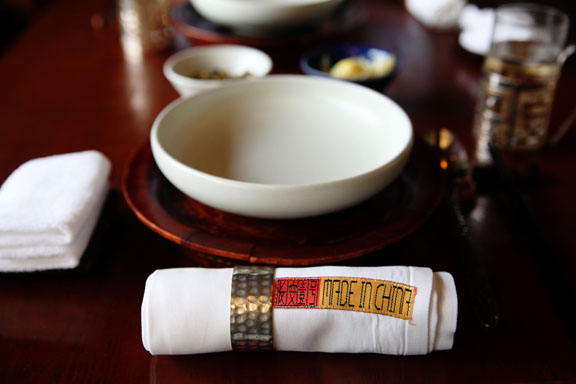



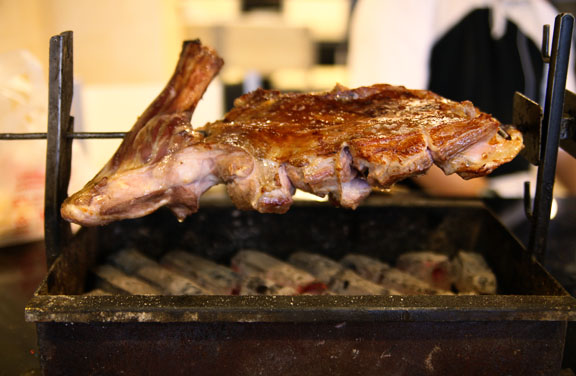


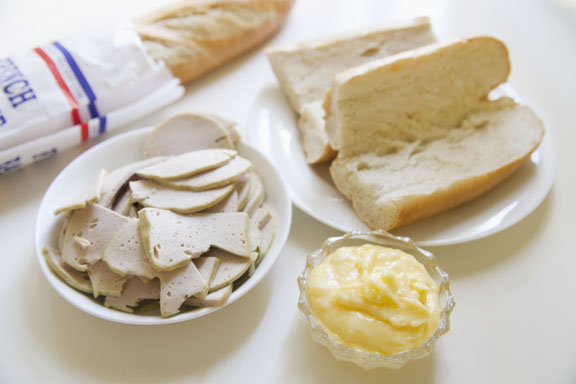

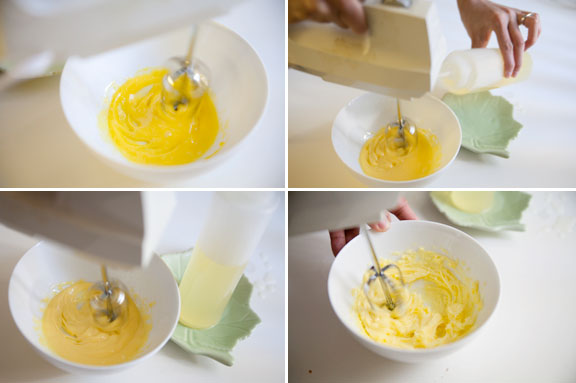
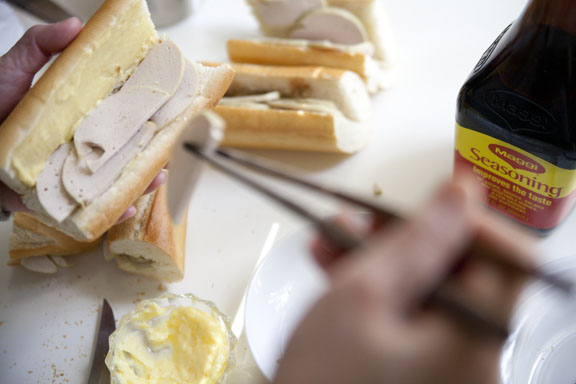
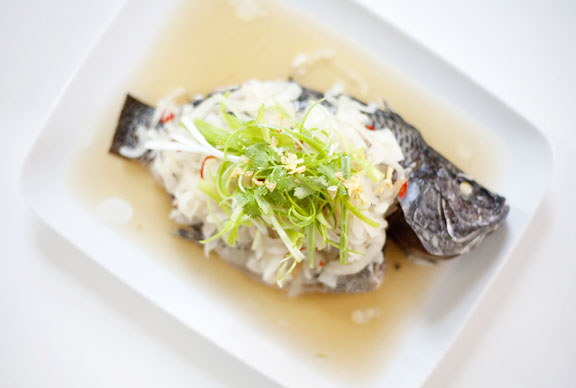









Connect with us